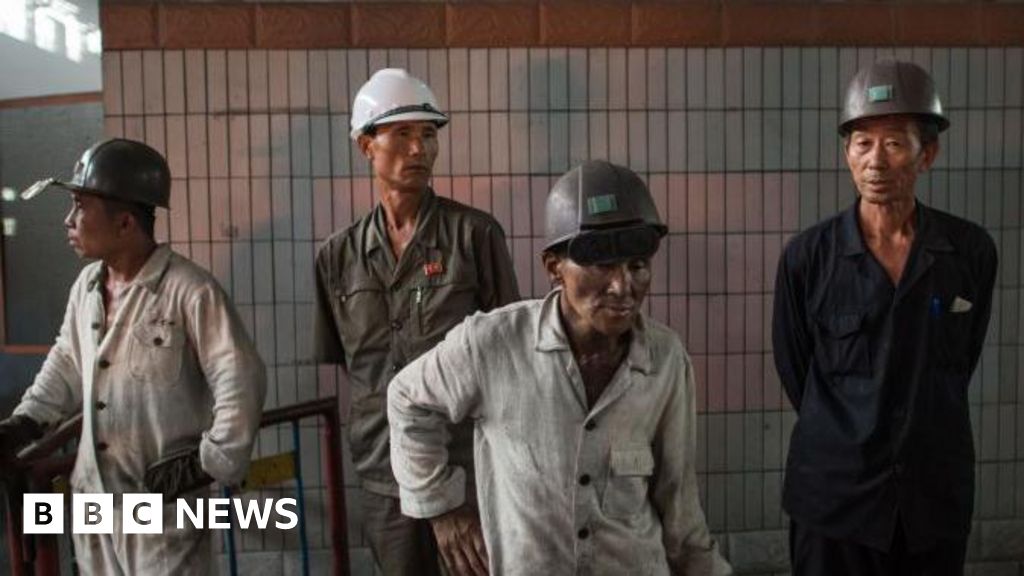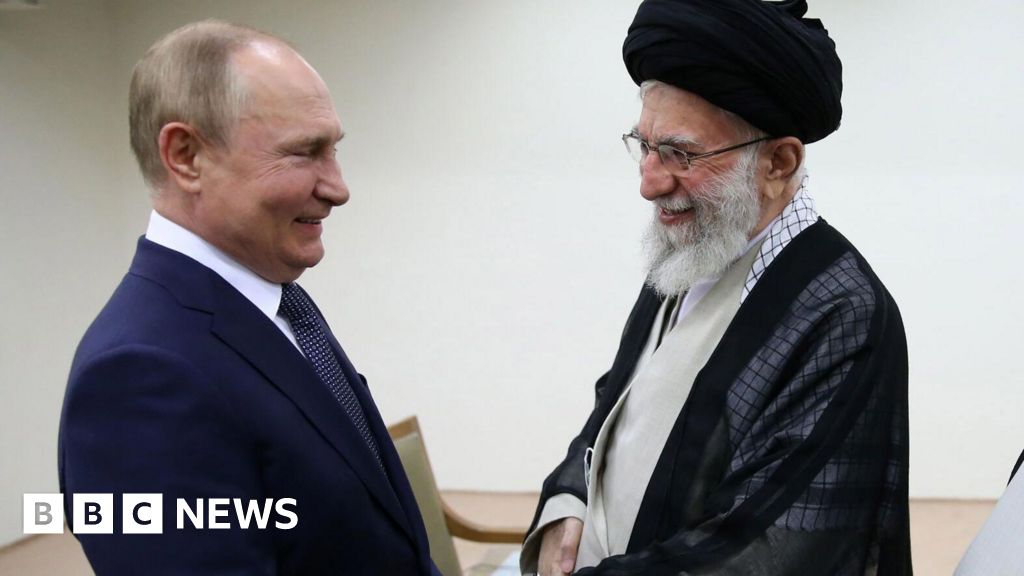Anyone who’s been pleasantly surprised that they can still ride a bike or swim laps after a long hiatus might surmise that our cells have some sort of memory. But how could this work?
New research from Northeastern University reveals not only what changes inside cells in response to force—a push or pull on an object—but that these changes continue after the force subsides.
“Once force is removed, people previously thought the effect on the cell was done—we showed that’s not true,” says Ning Wang, professor of bioengineering and director of the Institute for Mechanobiology at Northeastern. “The cells remember what they experienced before, and you have the same impact after the force is removed.”
In fact, the research found that because these changes continue, you get the same effect whether force is applied continuously over a set time period or in short intervals separated by periods of rest.
The study provides experimental evidence that short, repeated episodes of mechanical stress can trigger lasting biological responses in epithelial cells, especially through the movement of YAP protein into the nucleus. The findings suggest that intermittent stress patterns, similar to those during short bursts of exercise, may produce the same cellular effects as longer, continuous workouts.
Wang says the research is promising for people with limited mobility or endurance—for instance, the elderly—who don’t have to exert themselves continuously to get the cellular benefits of exercise.
The research, published in the journal APL Bioengineering, is the first time that scientists have observed memory from force in cells that aren’t nerve cells, Wang says.
To accomplish this, researchers applied force by shaking a tiny magnetic bead bound to the surface of a hamster epithelial cell. The researchers applied force continuously for both 30 and 60 minutes or for different intervals—multiple episodes of 2 or 10 minutes—interspersed with rest over 60 minutes, and observed the reaction in the cell.
The researchers found that as the force accumulated, the cells responded by building up their cytoskeleton with a protein called actin.
After reaching a critical amount, the filamentous actin (F-actin) triggered another protein called YAP to activate and “translocate,” or move from the cell’s cytoplasm into its nucleus. Once in the nucleus, YAP bonded to DNA/chromatin and set off a series of chemical signals that resulted in the expression of a gene called CTGF.
The researchers found that 30 minutes of continuous force did not trigger the YAP to move into the nucleus and the subsequent gene expression.
But both 60 minutes of continuous force and 60 minutes of intermittent force allowed F-actin to reach a critical amount and trigger the YAP translocation and subsequent gene expression.
Wang says the result was unexpected, especially compared to another bodily reaction to force—the sensation of pain.
“A strong person pushes you and you feel pain, and then the force is released and the pain is gone after a few seconds,” Wang says. “We show it’s not true if you gently shake cells—they remember that for at least 30 minutes, sometimes even 60 minutes.”
“Cells are actually very, very smart in a way,” Wang continues. “Anything you do to them, they remember.”
More information:
Fazlur Rashid et al, Mechanomemory after short episodes of intermittent stresses induces YAP translocation via increasing F-actin, APL Bioengineering (2025). DOI: 10.1063/5.0253046
This story is republished courtesy of Northeastern Global News news.northeastern.edu.
Citation:
Cells remember short durations of force. What does it mean for exercise? (2025, April 30)
retrieved 30 April 2025
from
This document is subject to copyright. Apart from any fair dealing for the purpose of private study or research, no
part may be reproduced without the written permission. The content is provided for information purposes only.

















